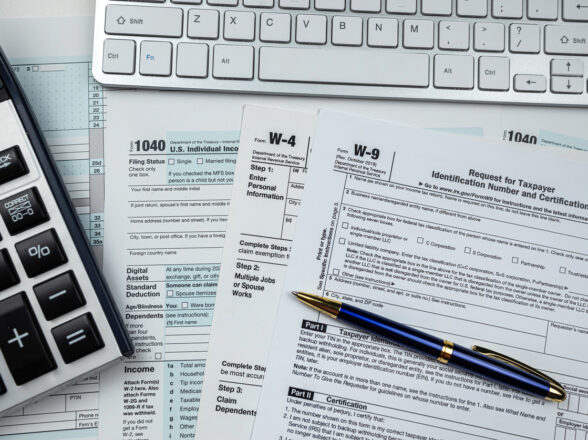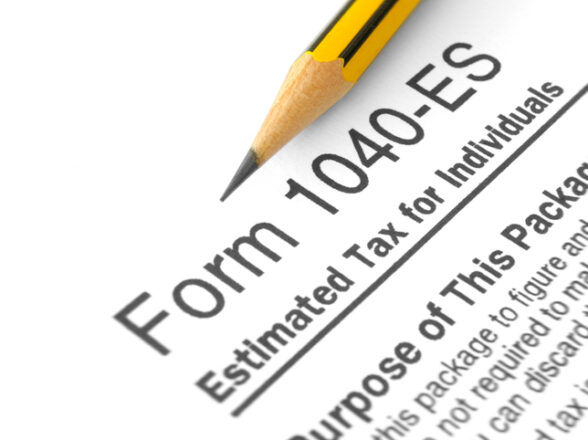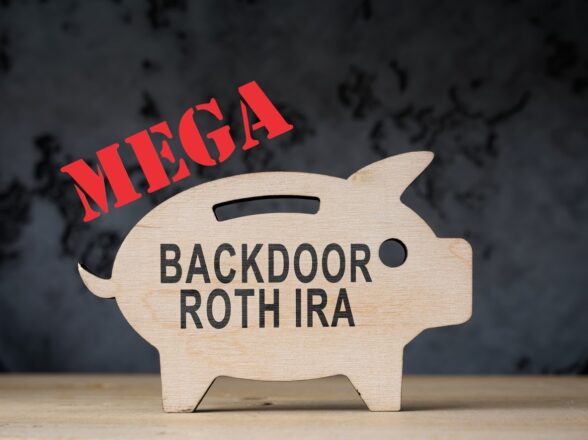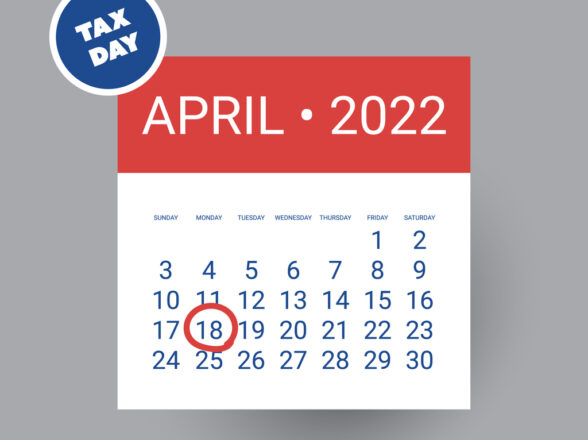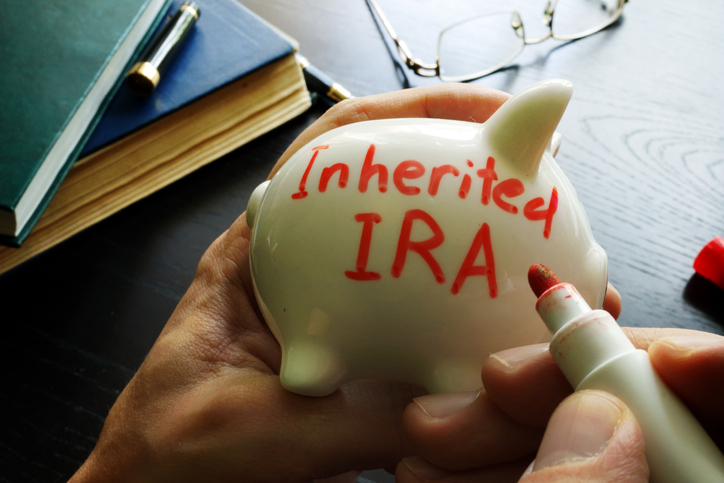Blog
What is a 403(b)? Everything You Need to Know

A Definitive Look
One of the main areas of advisement to clients is helping them figure retirement, 403(b), or what we call ‘Financial Independence.’ It’s true, fewer and fewer Americans are passing through the retirement door and never looking back. Instead, they are taking on a wide variety of new work after their main career comes to an end. Some chose to continue on as independent consultants (they sometime make even more money than they did working for someone else!) or take on an entirely new career or job. Ultimately, they have the luxury of being in complete control of their schedules since they have enough assets built up to live on comfortably.
When we work with a teacher or a healthcare employee, often times we find their retirement plan includes access to a 403(b) plan. These plans bare close resemblance to their cousins, the 401(k) and 457 plan, but also offer some unique attributes. Read on to find out all you ever wanted to know about the 403(b)!
The History of 403(b) Plans
The 403(b)retirement plan, also referred to as the tax-sheltered annuity (TSA), was introduced in 1958. However, it was first availed to the public educational employers three years later in 1961, with limited annuity investments. The plan was later adjusted in 1974 to include paragraph 7, which meant that the public educational employers could invest in mutual funds using a 403(b) paragraph 7 custodial account.
Over the years, more and more employers began to petition investment product providers to offer them compliance support because adding paragraph 7 to the 403(b) had brought new retirement plan requirements. All the employers wanted were agreement documents from the product providers that clearly outlined how they could support and run their 403(b) plan.
403(b) Fact Sheet
Here are a few facts about the ERISA 403(b) 1974 retirement regulations. ERISA stands for Employee Retirement Income Security Act of 1974. In simpler terms, it is a law set by the federal government that stipulates the standards of protection for vulnerable persons in voluntary established retirement plans and private sector retirement plans. The (b) clause was added to include vulnerable groups in public employment sectors. ERISA plays the following roles;
- Demands that retirement plans should service the participants with information about the plan features and how it should be funded.
- Sets minimum requirements to participate in the plan.
- Provides information on how the benefits will accrue and be funded.
- Lays down trustee obligations for plan assets managers and controllers
- Provides guidelines on the claims and appeal process when participants want to get their benefits back.
- ERISA empowers the participants to sue for their benefits or sue in case of breach of fiduciary obligations.
- ERISA, through IRS, ensures that the participants are paid certain benefits if the plan is terminated. IRS refers to the Pension Benefit Guaranty Corporation, a corporation chartered by the federal government.
Note that non-profit universities, hospitals, and K-12 schools are also covered by ERISA 403(b) retirement plans.
How does the 403(b) Work?
It is simply a tax-exempt retirement benefits savings plan that allows the participants to fund their retirement benefits from their salaries before tax deductions. It works similarly to a 401(k) plan.
Benefits of 403(b)
The main benefit of the 403(b) plan is that it is tax-free. The percentage contribution will be deducted from your gross salary. The cash goes directly from the gross salary to the 403(b)retirement contribution account untaxed. This reduces the income tax you owe the taxman annually. Here is an example. Suppose you earn $10,000 in the adjusted gross income; you should be taxed under the 22% tax bracket. However, your $10,000 will not be charged anything under the 403(b), saving you some $2,200 in taxes.
Additionally, your contributions will not be taxed for the investment growth until you begin withdrawing the funds when you retire. You will have fallen into a lower tax bracket by then since you have retired.
Another benefit is that the 403(b) is flexible and offers many options. You are allowed to access many plans and also increase your contributions. For example, participants can set aside a maximum of $19,500 in 403(b) for 2020/2021.
Conclusion
One of the key points to take home is that the 403(b) is a tax-exempt retirement benefits contribution plan for non-profit organizations and public education workers. It comes with multiple investment plans; therefore, the participants are free to make a choice. The 403(b) is a powerful tool in helping you reach true Financial Independence, and the team here at Infinium stand ready to help you optimize your outcomes in this important part of your overall financial plan.













































